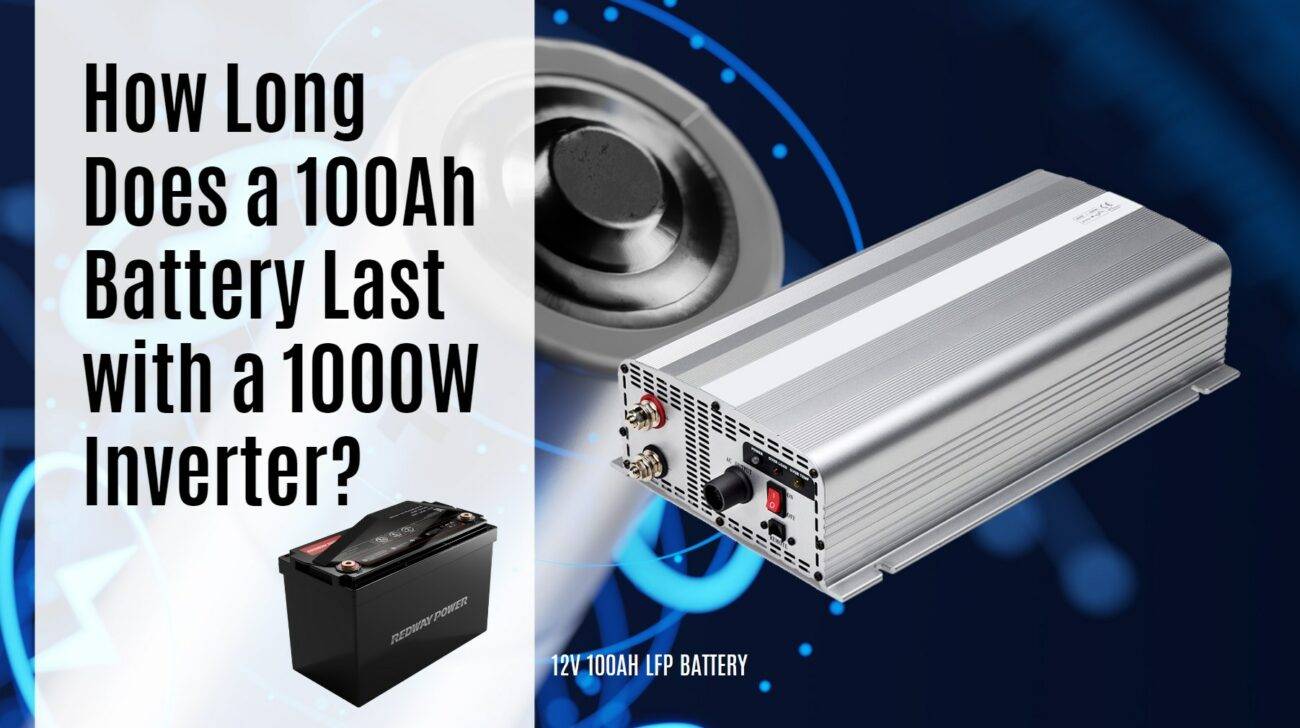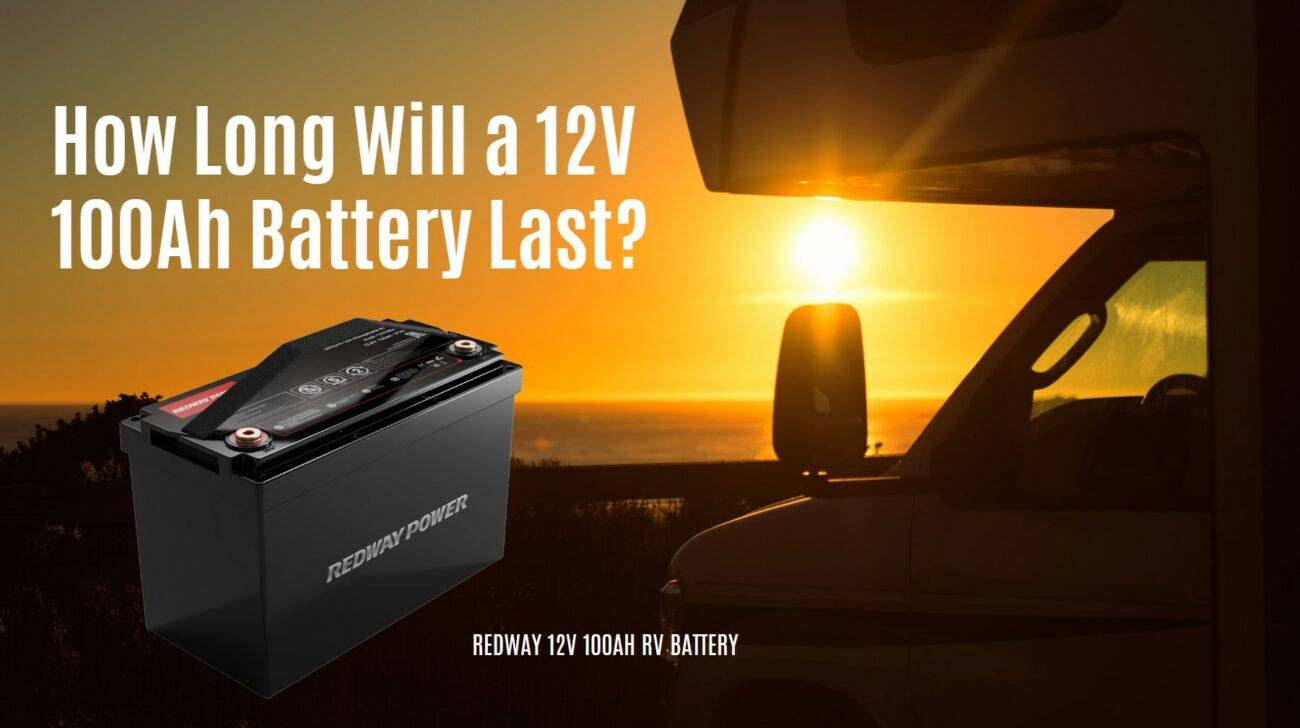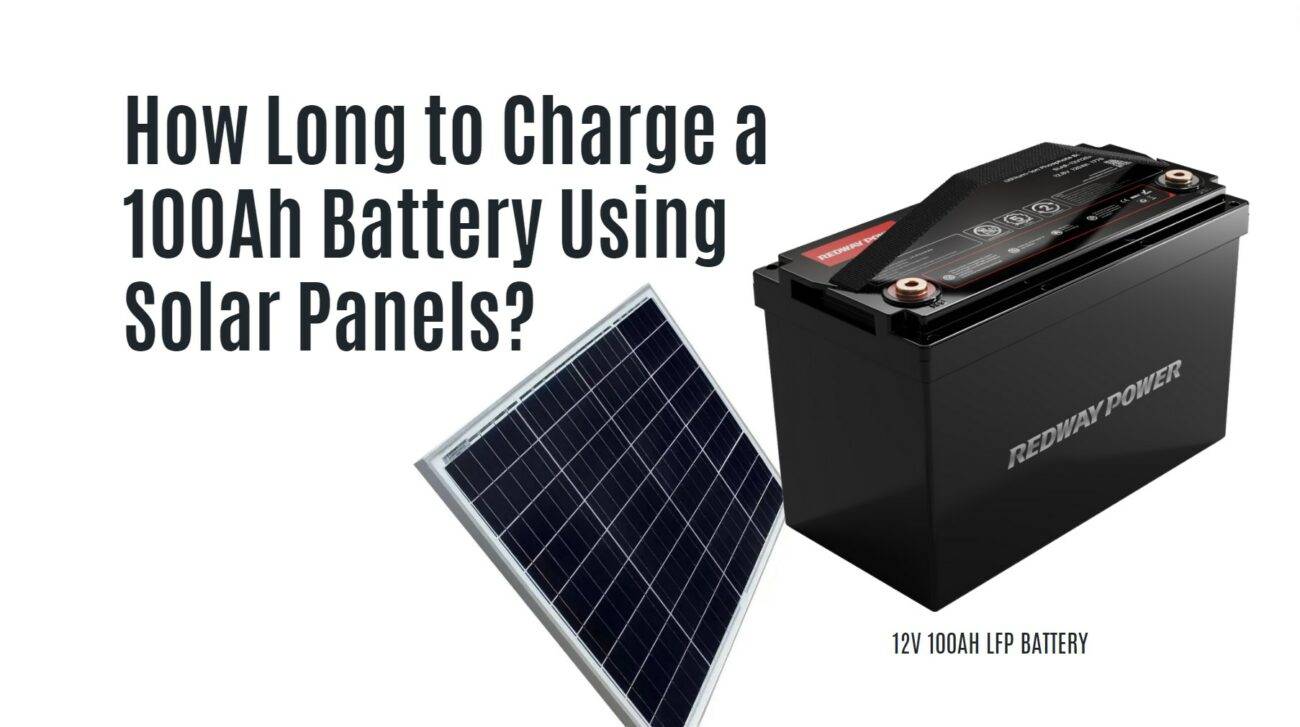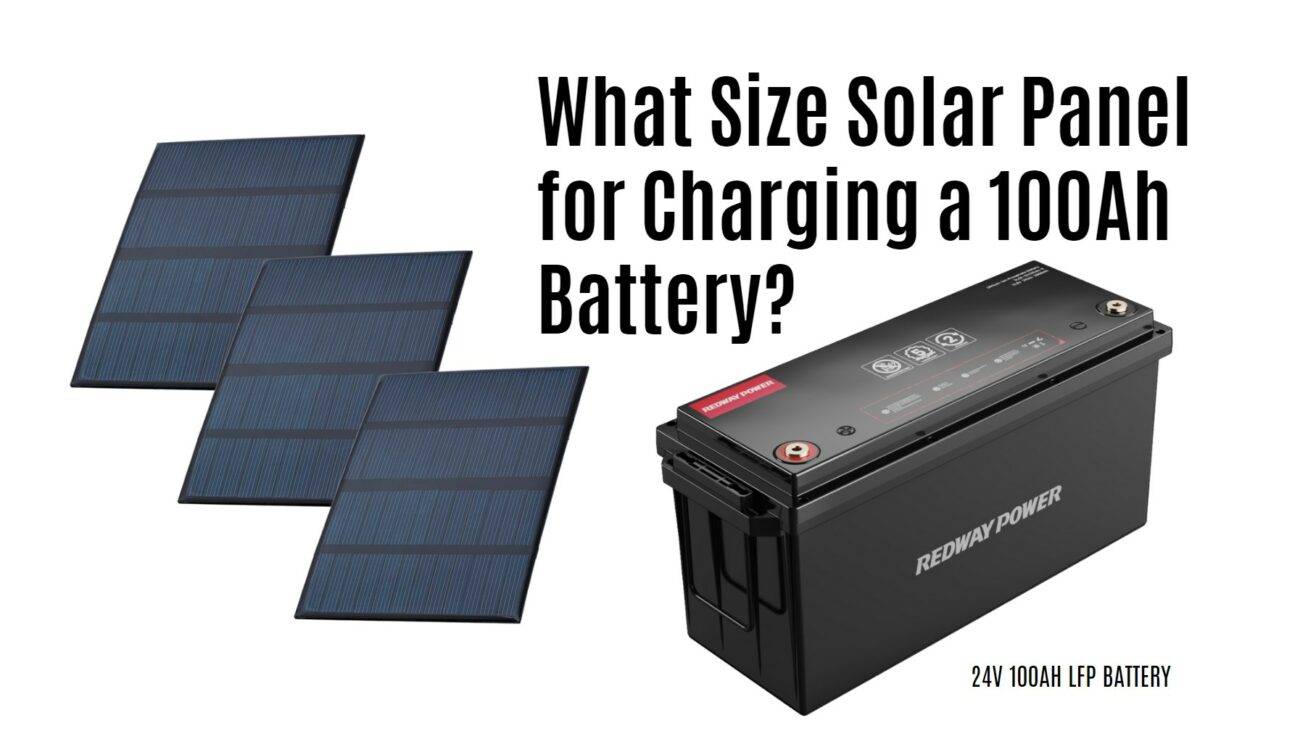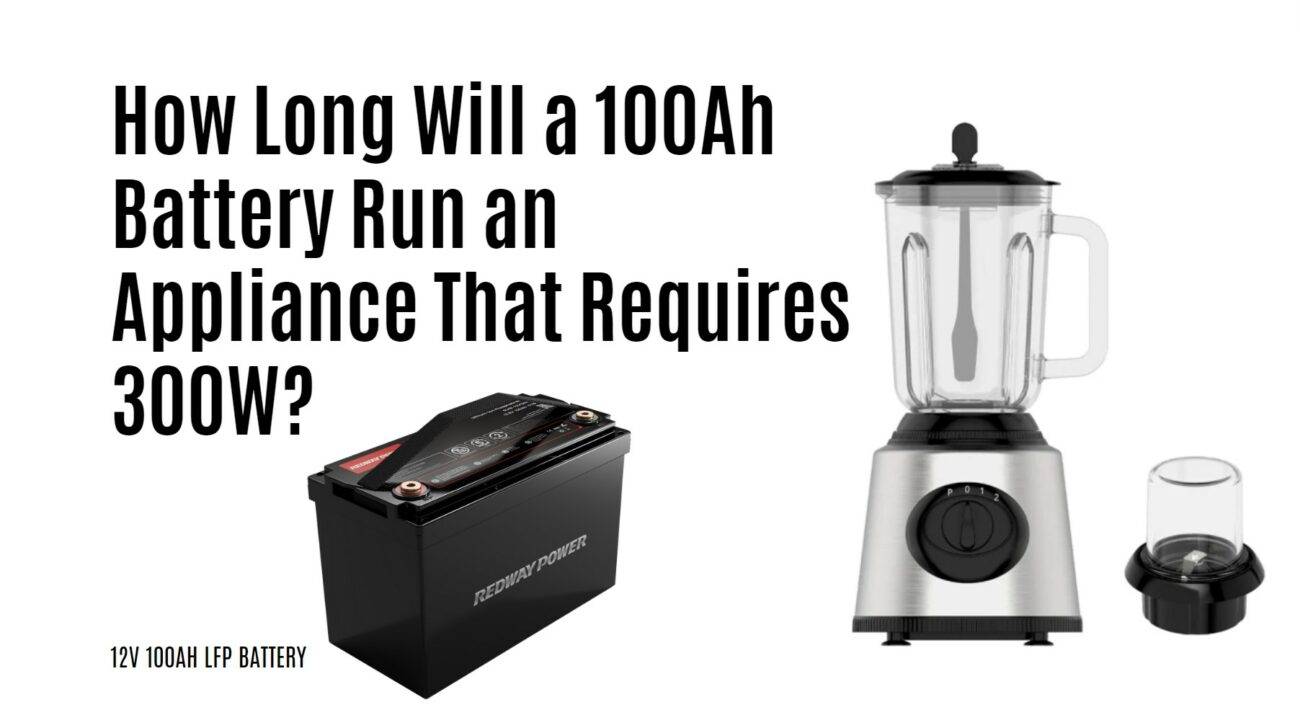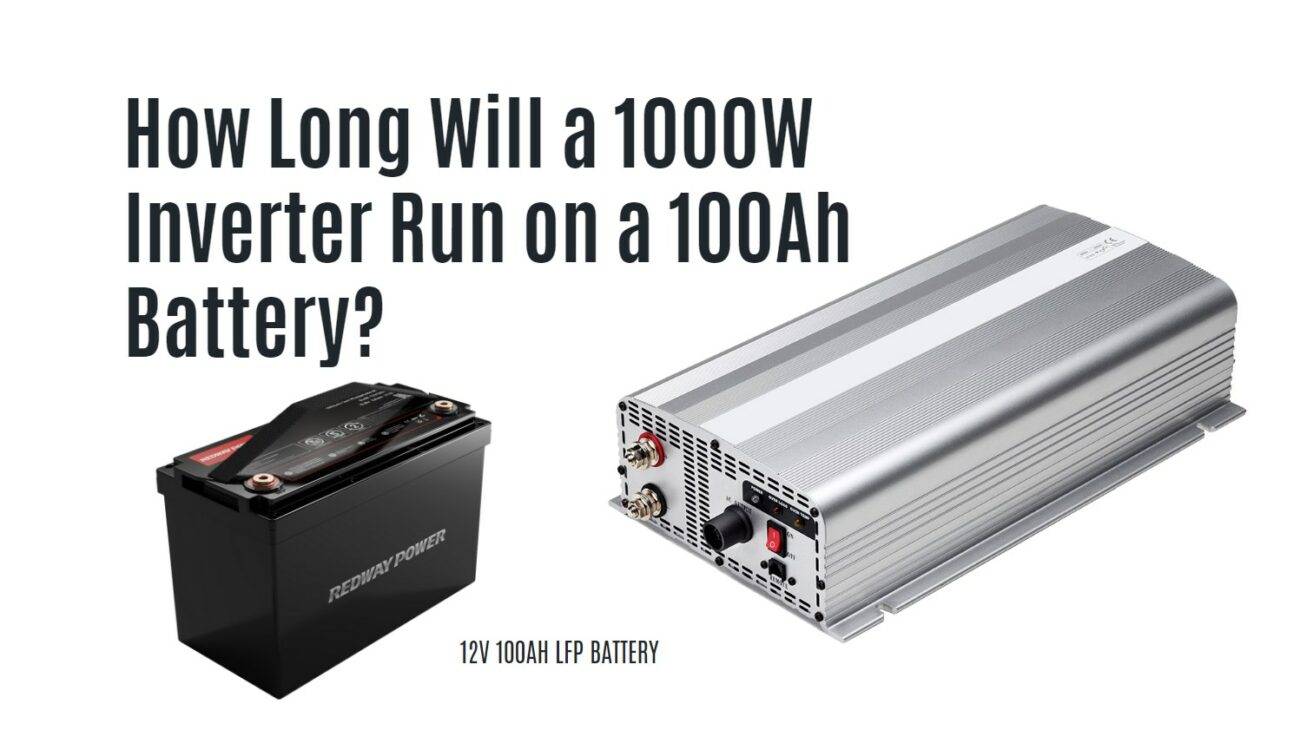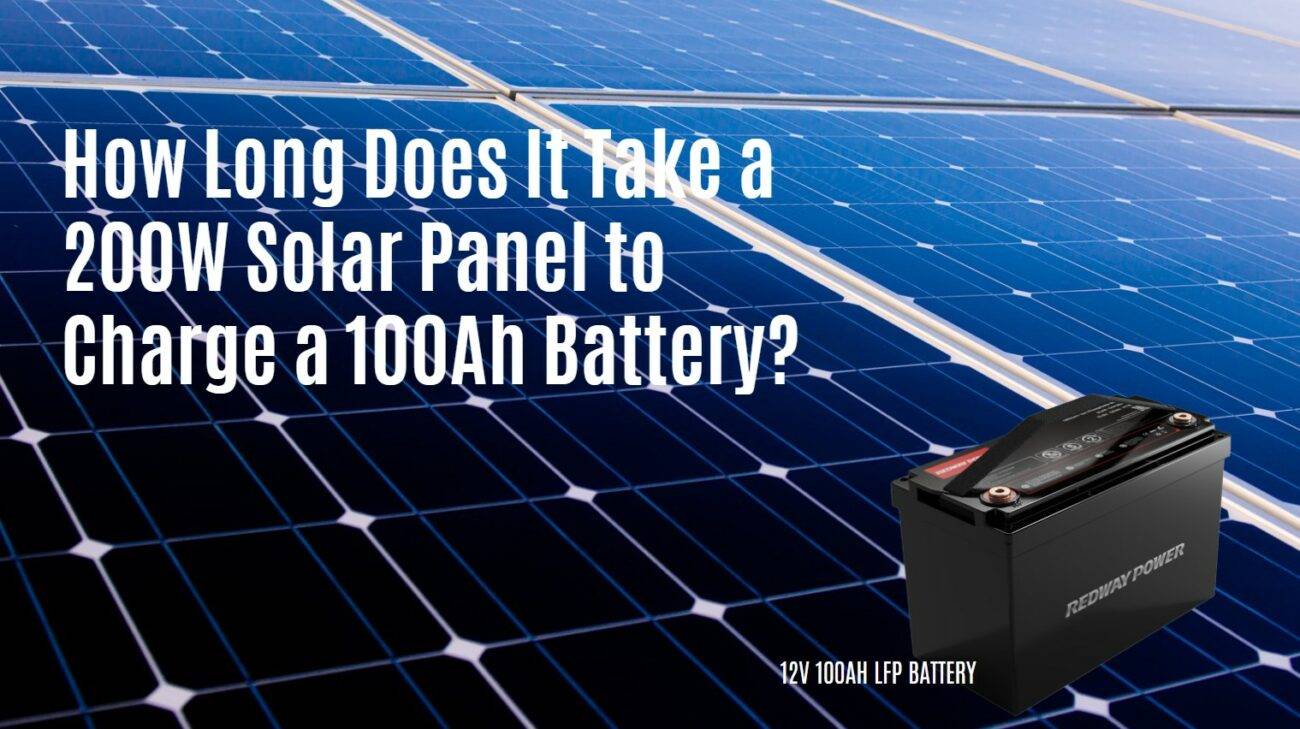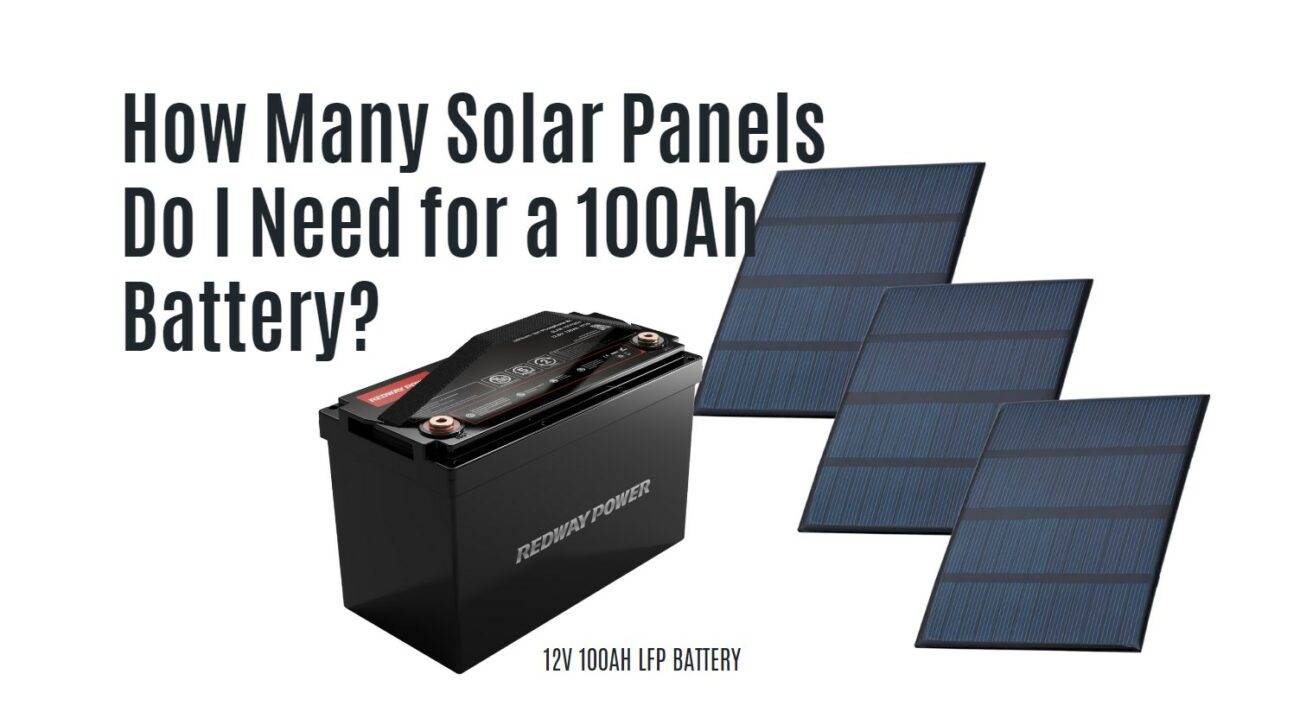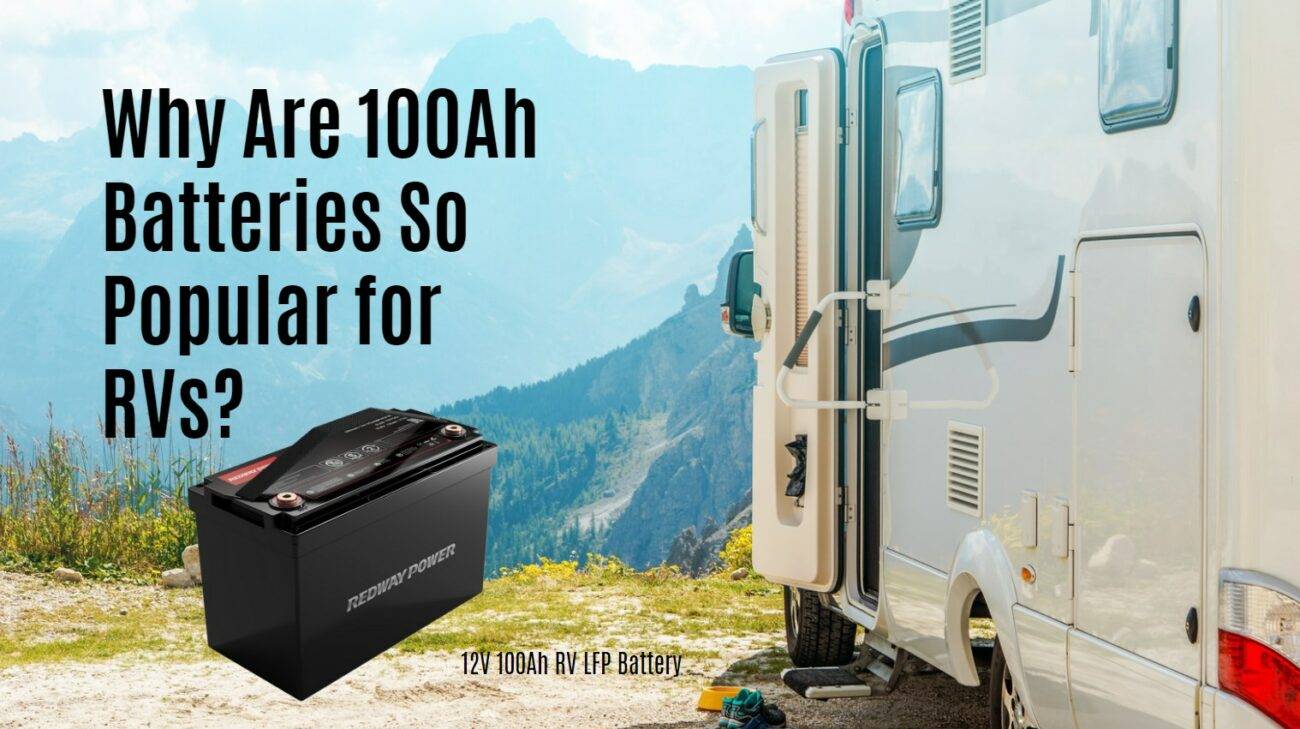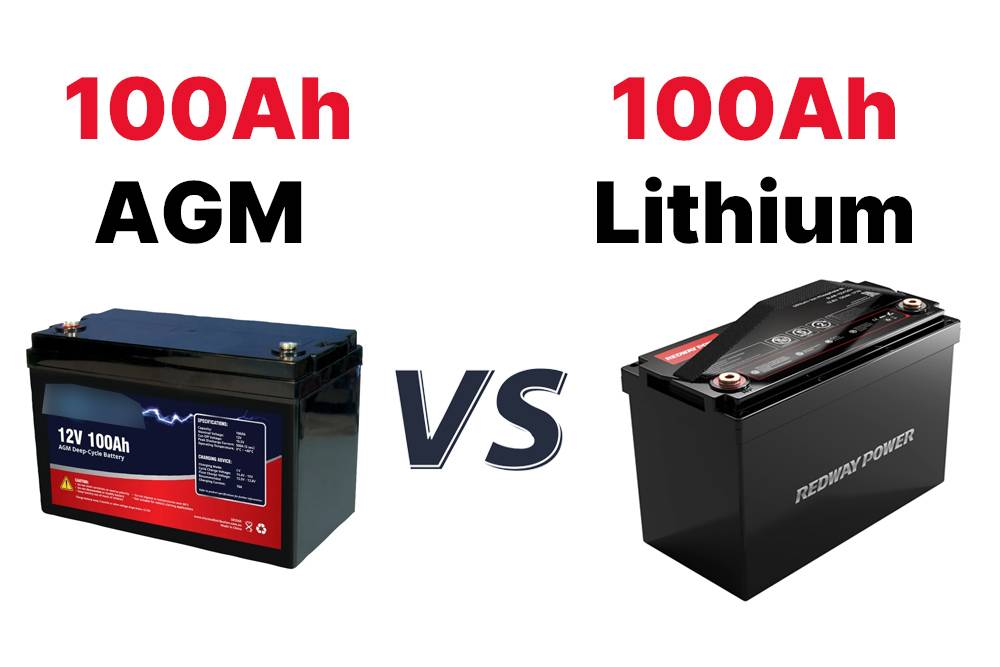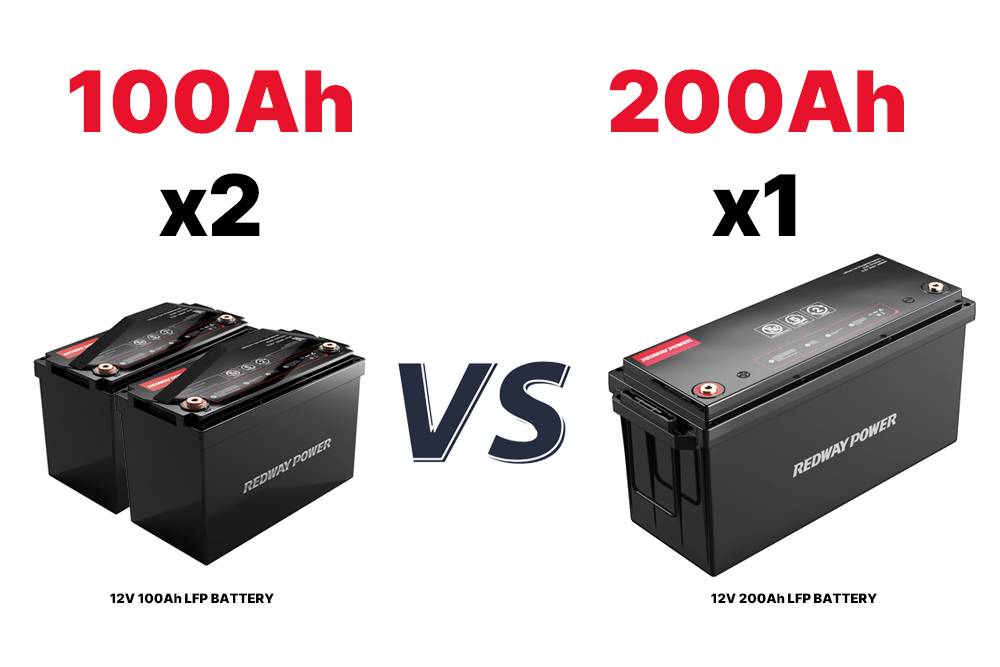Understanding the basics: Current and Capacity
Understanding current and capacity is key in the battery realm. Current signifies the flow of electric charge, akin to the speed of water in a pipe, while capacity denotes a battery’s charge-storing capability, likened to the size of the pipe. Current is measured in amperes (A), and capacity in ampere-hours (Ah). A 100Ah battery, for instance, can deliver 100 amps for an hour or 1 amp for 100 hours. Charging involves supplying current to replenish energy, emphasizing the importance of determining the maximum charging current for longevity and performance. Explore further into factors influencing the charging current for your 100Ah battery at 12V!
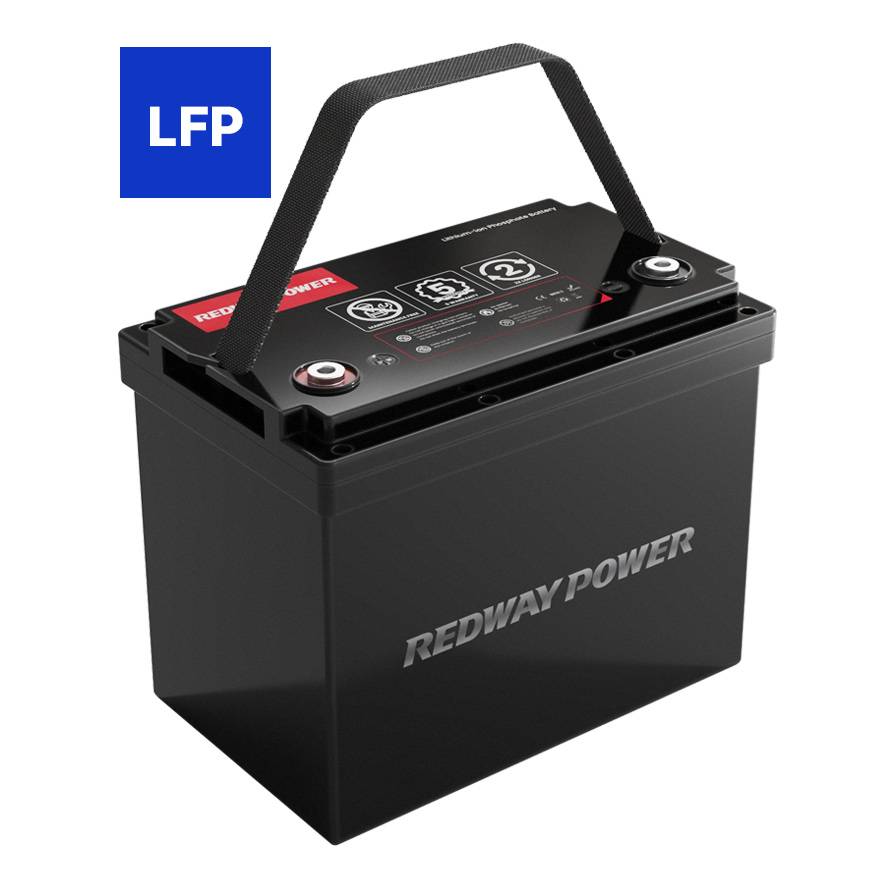
Factors to consider when determining maximum charging current
Explore the key factors for determining the maximum charging current of a 100Ah battery at 12V:
- Manufacturer’s Recommendations:
- Follow specific battery model guidelines for recommended charging current.
- Adhering to manufacturer specifications is crucial for preventing damage and ensuring battery longevity.
- Ambient Temperature Consideration:
- Charge the battery in cooler temperatures to avoid increased internal resistance.
- High temperatures can impact the battery’s ability to accept higher charging currents.
- Charger Compatibility:
- Ensure the charger can deliver sufficient current within set limits.
- Incompatible chargers may lead to overcharging and potential battery damage.
- Consider Additional Loads:
- Account for appliances or devices drawing power simultaneously during charging.
- Avoid straining both charger and batteries by calculating maximum charging current with additional loads.
- Regular Monitoring and Inspection:
- Regularly inspect cables, connectors, and terminals involved in the charging process.
- Detect and address loose connections or damaged parts to ensure optimal performance and safety.
By considering these factors, you ensure the efficient and safe operation of your 100Ah battery at 12V, extending its overall lifespan effectively. Charge up with confidence!
Calculating maximum charging current for a 100Ah battery 12V
Calculate the maximum charging current for a 100Ah battery at 12V efficiently and safely by considering these steps:
- Manufacturer’s Guidelines:
- Refer to your battery model’s guidelines for recommended maximum charging current.
- Manufacturers often provide crucial information for safe and efficient charging.
- Capacity Calculation using Ohm’s Law:
- Utilize Ohm’s Law (I = P / V) to calculate power (P) using battery capacity (100Ah) and voltage (12V).
- Assume power as P = Ah * V = 100 * 12 = 1200Wh.
- Maximum Charging Current Calculation:
- Apply Ohm’s Law again to determine maximum charging current (I = P / V).
- Calculate I = 1200W / 12V = 100A, approximating the battery capacity.
- Considerations for Accuracy:
- Note that these calculations are theoretical and provide rough estimates.
- Rely on manufacturer recommendations and suitable chargers designed for your battery type to ensure optimal performance, preventing potential damage or reduced lifespan.
Understanding how to calculate the maximum charging current ensures safe and efficient charging, maximizing the overall lifespan of your specific battery setup. Charge up with confidence!
Importance of following recommended charging guidelines
Highlighting the importance of adhering to recommended charging guidelines for your 100Ah battery:
- Preventing Overcharging:
- Following guidelines helps prevent overcharging, avoiding excessive heat and chemical reactions.
- Overcharging poses risks of damage or fire hazards, mitigated by adhering to recommended charging current.
- Maintaining Proper Charge Rate:
- Charging too quickly can lead to increased internal resistance and reduced capacity over time.
- Adhering to suggested maximum charging current for a 100Ah battery at 12V ensures optimal health and longevity.
- Protecting Your Investment:
- Following recommendations safeguards your investment by preventing potential damage.
- Maximizing battery performance and lifespan through appropriate charge rates ensures longevity and efficiency.
- Saving Costs and Ensuring Reliability:
- Careful adherence to manufacturer guidelines saves replacement costs and ensures reliable power supply.
- Proper battery maintenance guarantees optimal performance when needed, offering cost savings and dependable power.
By prioritizing the manufacturer’s recommended charging guidelines, you prioritize safety, efficiency, and the longevity of your 100Ah battery at 12V. This approach not only safeguards your investment but also ensures reliable power supply, saving costs in the long run. Charge up responsibly for lasting performance!
Tips for extending the lifespan of your battery
Extend the lifespan of your 100Ah, 12V battery with these practical tips:
- Charge at Recommended Current:
- Stick to the manufacturer-recommended charging current to avoid overcharging and potential damage.
- Avoid Deep Discharges:
- Prevent significant lifespan reduction by recharging before the battery voltage drops below 50% capacity.
- Maintain Proper Storage Conditions:
- Store the battery in a cool, dry location during extended periods of non-use to prevent performance issues caused by extreme temperatures.
- Check Electrolyte Levels (for Flooded Batteries):
- Regularly inspect and top up electrolyte levels in flooded lead-acid batteries to ensure optimal performance.
- Keep Terminals Clean and Tight:
- Clean terminals to prevent corrosion, securing connections without overtightening to avoid damage.
- Use Compatible Chargers:
- Opt for chargers designed for deep-cycle batteries to provide optimal charging profiles and prevent overcharging or undercharging.
- Implement Equalization Charge (for Flooded Batteries):
- Periodically perform equalization charging for flooded lead-acid batteries to balance cell voltages and enhance overall performance.
- Practice Regular Maintenance Routines:
- Schedule routine checks, including cable and connector inspections, and monitor voltage levels frequently for overall battery health.
By incorporating these straightforward practices into your battery maintenance routine, you can ensure longevity, optimal performance, and reliable power supply from your 100Ah, 12V battery. Remember, adherence to manufacturer guidelines is key to effective maintenance. Charge up responsibly for lasting performance!




